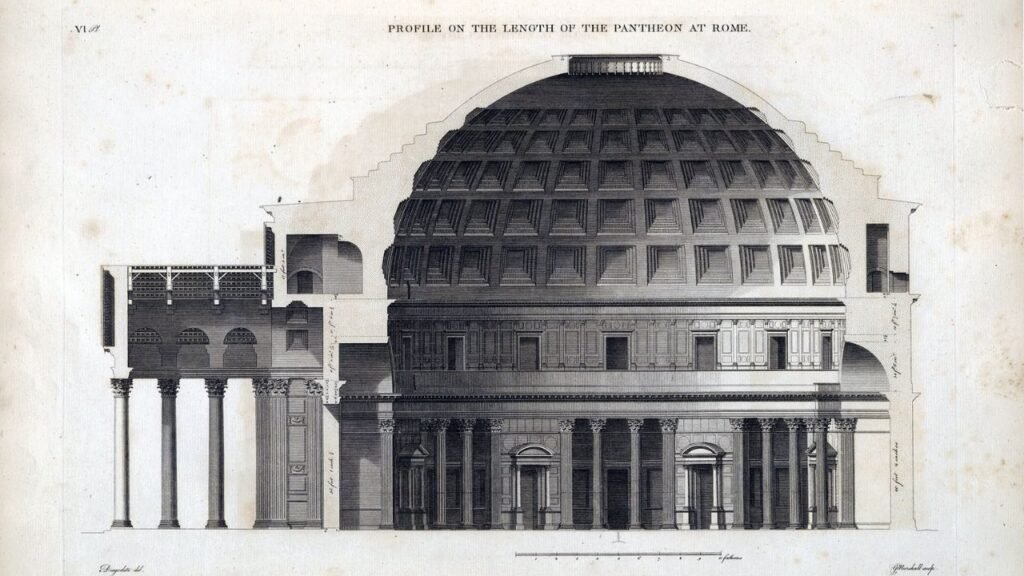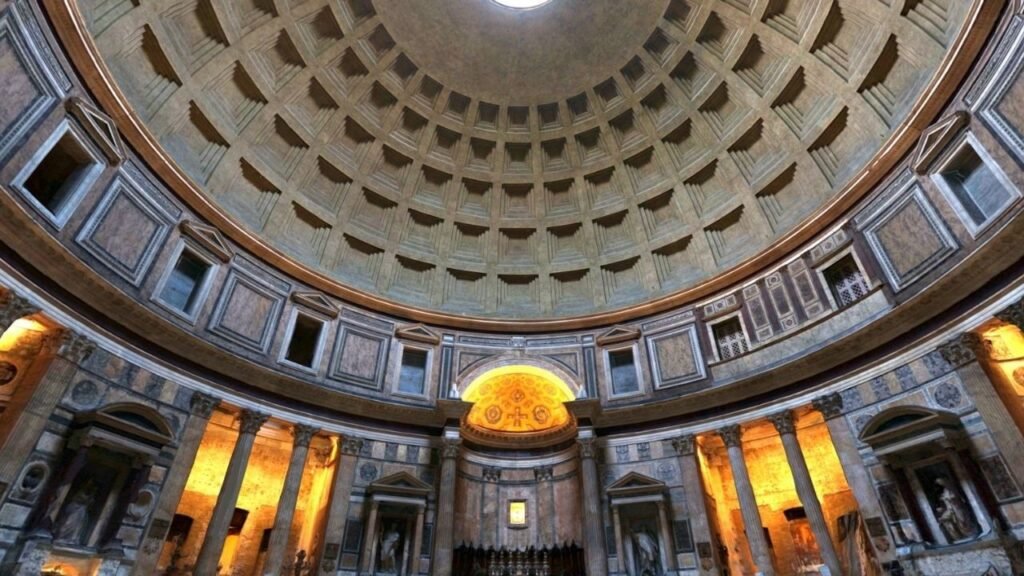Fascinating Facts Are In The Pantheon, Iconic Romanesque church, Which Hardly Has Survived The Dark Ages.
The old and modern churches and some both are home to Rome. Rome. The Pantheon is one of the prettiest temples in history. The distinctive dome, which was probably built as a temple or political centre by the Romans, remains an important challenge to gravity. Ingenieurs continue to captivate. The Pantheon is also a historical site that traces a line between Polytheistic Rome and the splendour of the Renaissance. If you’re going to learn about history the amazing Pantheon has to do with every trip to Rome.
Scholars debated the true origins of the Pantheon for a long time. Around 126 CE, the Pantheon was devoted. On the other hand, there is no information about the architect and specific building dates. A prominent inscription on the structure says, “Three times Consul, Marcus Agrippa, Lucius’ son, built this.” In the text is mentioned Marcus Agrippa, the military official and son-in-law of Emperor Augustus (who ruled 27 BCE to 14 CE). Augustus & Agrippa both participated in a number of building projects to enhance Rome at the end of the Republican period.

More About This Beauty In Rome!
The current Pantheon was constructed on the site of Agrippa’s Pantheon. The term pantheon is derived from the Greek word pantheon, which means “all gods.” The original Pantheon was destroyed by fire in 80 CE, followed by a second structure in 110 CE. (In ancient times, the fire was a common hazard.) Despite the ambiguous text, the current structure was built during Hadrian’s reign.
While the structure may have served as a temple, it also appears to have served as a venue for political gatherings. The western part of the Roman Empire began a long period of decline as a result of external military forces and internal unrest
In Byzantine-controlled Italy, Justinian established the Duchy of Rome. Over the following few centuries, there have been conflicts between the Eastern Romans (also known as the Byzantines), the Lombards and the Franks over the military and territorial divisions in Italy. In the “dark age” of Europe, Pope Boniface IV was allowed to consecrate the Pantheon by Byzantine emperor Phocas in 609. The structure became a Christian church known as Sancta Maria ad Martyres because the relics of many Martyrs were moved (St. Mary and the Martyrs).

Written By Mahak Jain | Subscribe To Our Telegram Channel To Get Latest Updates And Don’t Forget To Follow Our Social Media Handles Facebook | Instagram | LinkedIn | Twitter. To Get the Latest Updates From Arco Unico



